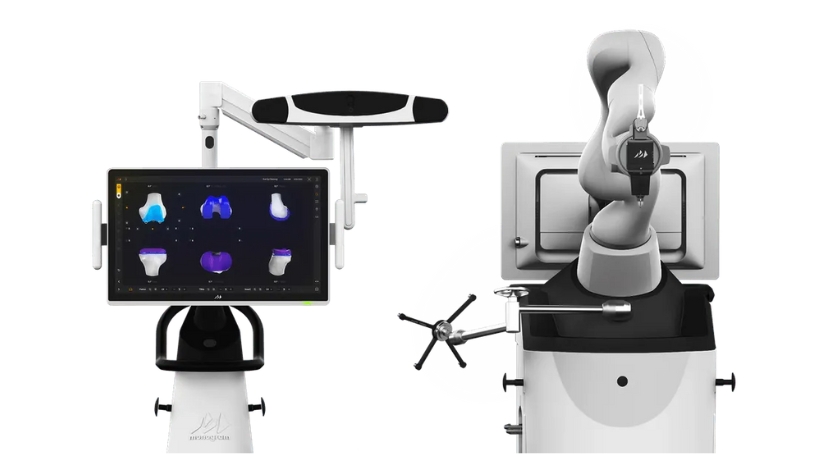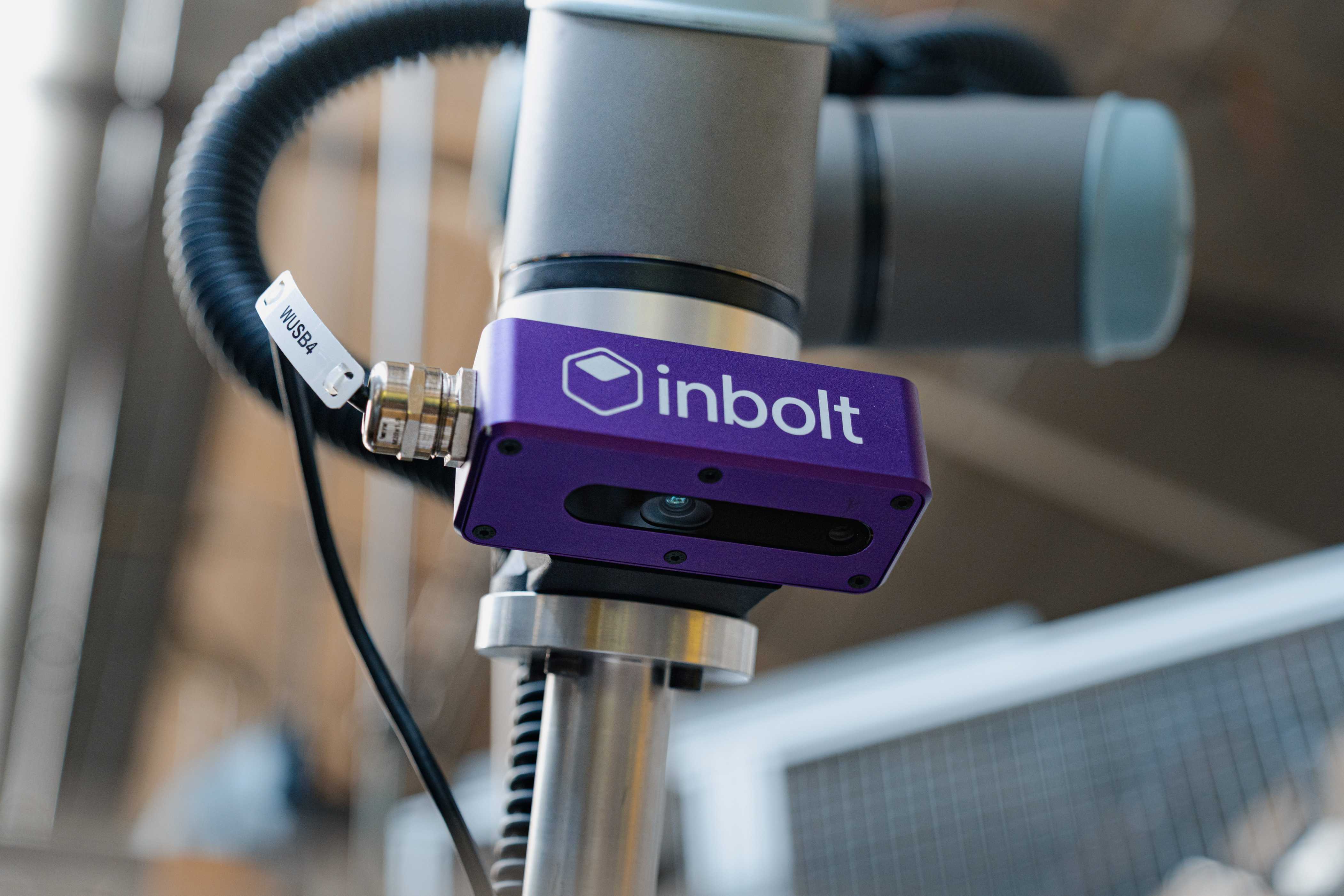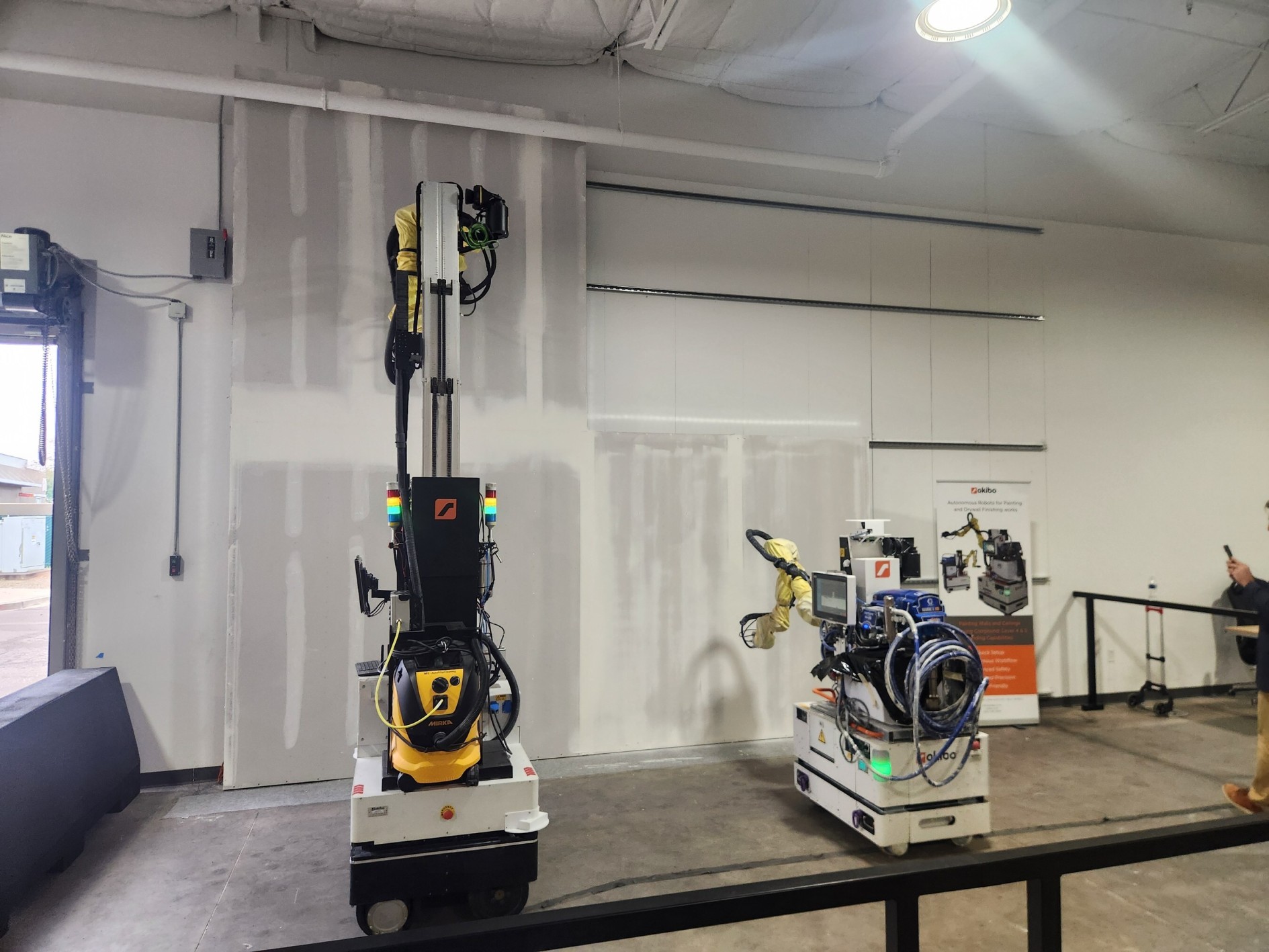SpineGuard Secures Intention to Grant European Patent for DSG®-Powered Bone Drilling Safety Algorithms
The new patent strengthens SpineGuard’s IP portfolio and supports strategic partnerships for next-generation power drilling tools and surgical robotics.
Image Courtesy: Public Domain
SpineGuard an innovative company that deploys its DSG® (Dynamic Surgical Guidance) local conductivity sensing technology to secure and streamline the placement of bone implants, announced that its patent application directed to protect algorithms for automatic detection of breaches during bone drilling, enhance safety of bone drilling power tools thanks to a DSG-enabled active safety stop, has received an intention to grant from European Patent Office.
Stéphane Bette, Deputy CEO and cofounder of SpineGuard, stated: “On the heels of our US allowed patent last July, this European validation for a technically complementary patent is timely to support ongoing strategic discussions with the industry, in particular regarding applications to power drilling tools and robots.”
Since its inception, SpineGuard has developed and maintained a significant IP portfolio currently including 11 patent families totaling 72 patents and applications as well as 3 trademarks, in the major geographies such as Europe, USA, China and Japan. The new patent object of this communication and about to be granted, is the first obtained by SpineGuard in Europe belonging to the category of DSG technology exploitation in smart surgical tools. Codesigned and validated with the ISIR (Institute for Intelligent Systems and Robotics) of Sorbonne University, CNRS and INSERM, this patent describes algorithms analyzing the DSG measurements to determine objectively and in real-time a pending breach during a bone drilling. SpineGuard had previously communicated in March 2023 on the experimental results obtained from utilization of such algorithms, where 100% of the blindly executed drillings could be stopped within a corridor considered as clinically safe, i.e.: 2 millimeters on each side of the interface between bone and the spinal canal with a mean distance of 0.7 millimeters.























